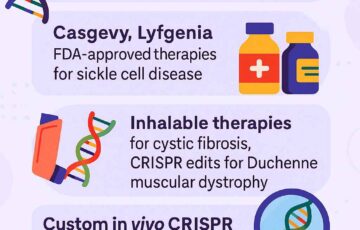CREDITORS ONLY RECEIVED 4% OF CLAIMS UNDER IBC PROCESS
Why in the news?
- Only 17% of cases under the Insolvency and Bankruptcy Code (IBC) yielded a resolution plan.
- Post-National Company Law Tribunal (NCLT) admission, the majority of cases were withdrawn.
- Liquidation for 960 corporate debtors was completed, but creditors realised only 4% of their total admitted claims.
source:slideshare
About The Insolvency and Bankruptcy Code (IBC), 2016:
- The Insolvency and Bankruptcy Code (IBC), 2016, consolidates and amends existing laws regarding insolvency and bankruptcy in India.
- It addresses situations where liabilities exceed assets, leading to inability to meet debts.
- IBC provides a time-bound, creditor-driven process for insolvency resolution.
- It aims to improve the credit culture and business environment.
- IBC focuses on resolving claims involving insolvent companies to tackle bad loan issues in the banking system.
About National Company Law Tribunal (NCLT):
Powers:
About Corporate Insolvency Resolution Process (CIRP) :
|





